Bow - the Weapon of Nomads
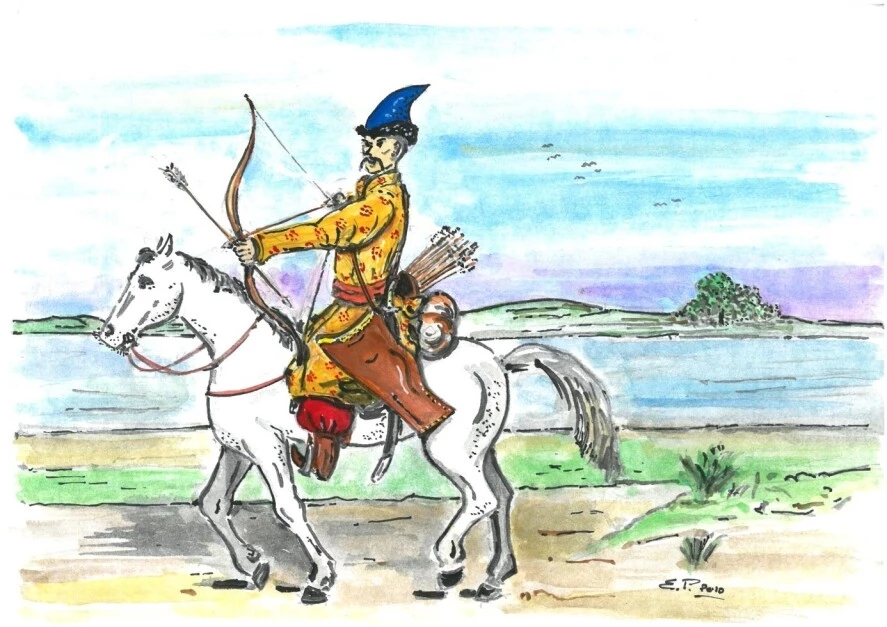
The Avars
Like all nomadic peoples, the Avars migrated westward from the vast Eurasian steppes, from where they were displaced by other hordes. The Avars, called Juan-Juan in Chinese, formed a powerful empire, the Khanate, in the late 4th century AD.
During their expeditions into Europe, they began to clash with the Bulgarians and Slavs. Together with them, they posed a serious threat to Byzantium, and later to the Frankish Empire. The Avars maintained very close relations with the Slavs: they cooperated on the military level, and slept in Slav houses to stay warm in winter (sometimes next to their wives).
The Avar Introduced Stirrups to Europe
The Avars were the first to introduce stirrups to Europe, although they did not invent them. The metal stirrups provided support for the rider's legs, allowing them to control the horse better, and to stay more stable as they fought with swords or spears from horseback.
The Avars were born warriors, renowned for their close relationship with their horses, which they learned to ride from an early age. Although they had formidable heavy cavalry, it was light cavalry, armed with Hun recurve bows, that played a major role in their warfare.
In battle, their cavalry attacked in a long line, which was hiding backup soldiers ready to attack the enemy on the flanks or deliver a major frontal assault. As was the custom of the nomads, the Avars were fond of battlefield deception and flanking. Mounted on their agile horses, they would launch shocking ambushes, showering their enemies with a hail of arrows.
Attack from the Left!
However, swift attacks of the mounted archers had a major weakness: the horsemen had to keep the enemy on their left hand if possible. As most archers (like most people) were right-handed, they held the bow in their left hand and used their right hand to pull the bowstring. The rotation of the upper body is limited. A right-handed mounted archer could thus shoot forwards, to the left, even behind him ('Parthian style'), but never to the right.
The only solution was to form special units of left-handed archers. There were also warriors who could shoot with both hands.
The Arrival of the Hungarians
Two centuries after the Avars disappeared from the scene, the Slavs had to face another invader from the east – the Hungarians. The homeland of the Hungarians (Magyar öshaza) lies somewhere in the Siberian taiga, from where they once migrated westwards, mainly to the fertile plains along the Danube. Clans of Hungarian nomads contributed to the fall of the Great Moravian Empire. After their defeat at Lech in 955, the Hungarians settled down and adopted Christianity (ca. 1000).
Migration of Hungarians (E. Pachta archive)
Unpredictable Opponents
In the Dark Ages, the ancestors of the Hungarians had already mastered two skills necessary for their later expansion: ironworking and horse riding. Their army was made up entirely of light-cavalry archers, who could face other types of eastern cavalry soldiers. However, defeating heavily armored western cavalry or the mass infantry formations was a big challenge.
According to historical records, the Hungarians preferred to fight from a range, ambushing, surrounding the enemy or luring them into traps by faking retreat.
The Hungarian Bow
The bow, intended for fight from horseback, was somewhat shorter than the longbow used by infantry. The Hungarian bow measured less than 130 cm with the bowstring on. It was mostly a composite, recurve-type bow. Recurve bows have ends of the limbs that curve away from the archer when the bowstring is removed. They are curved in the opposite direction than other bows.
These bows consisted of five materials: soft wood, glue made from fish air-bladders (halenyv), tendons, horn and bones. Their production process was extremely complex and required months or even years. That made these bows expensive and rare. When damaged, the bow was difficult to replace.
Bows of this type had considerable range. Shooting at an angle allowed the arrow to reach as far as 200 m. However, the usual distance was around 70-80 m, which was enough to destroy their enemies. Each Hungarian archer had a supply of 15-20 arrows in his quiver.
No Wrist Guards, Just a Thumb Ring
Because parts of the bow were made of horn, the bow did not bulge too far forward when shot, so the archers did not need to protect their hands against the bowstring and used no wrist guards. In addition, Hungarians and other nomads did not draw the bowstring with their index and middle fingers (with the arrow in between) like Europeans, but placed the arrow on the inside of the bow and drew the bowstring with only the thumb, protected by a thumb ring.
The combat tactics of the Hungarians was basically no different from those of the Avars. During the Middle Ages, however, the Hungarians became increasingly influenced by European warfare, the importance of archers declined, and heavy cavalry dominated the battlefields. The abandonment of their nomad traditions proved to be a problem when the Hungarians had to face Mongol invasion in the 13th century.
The Army of Genghis Khan
The Mongols were nomadic people, closely related to Turkish or Turkic people. Initially, they lived in tribes, focused mainly on defending attacks from their neighbours. As typical nomads, they lived in yurts, did not hoard supplies, and did not develop crafts. When Genghis Khan, previously known as Temüjin, became the leader of Mongols, the circumstances changed.
An Invincible Army
In order to build and expand the Mongol Empire, Genghis Khan needed strong and well-organized army, consisting of men aged between 15 and 70.
The traditional Mongol system of tribes was replaced by the idea of a united nation, a realm. The Mongol army was divided into arvans (10-man squads) and tumens (10.000-man divisions consisting of 1000 arvans).Two to five tumens formed an army corps called horde.
Learning to ride from an early age (Source: KVH KP)
The Bow as Primary Weapon
The Mongol army consisted almost entirely of cavalry, with a ratio of heavy and light cavalry of 4:6. The cavalrymen were armed with two composite bows (one used for shooting at shorter distances, the other bow for longer distances). Their bows were somewhat longer than usual, allowing for longer range of about 300 m.
The Mongol horses were mostly the Przewalski's horse breed - they were rather small, but strong and tough animals with particularly developed forequarters, famous for their endurance.
The Mongol army was organized into three main forces (left wing, right wing, and royal center). The usual tactic was to first shoot arrows at the enemy to weaken them, and then charge. They did not aim at individual enemy soldiers or targets, but instead fired volleys of arrows at the enemy hordes. After shooting 60 arrows, they received new supplies.
After that, heavy cavalry charged at the decimated and disorganized enemy and finished the job.
The Mongols avoided close combat with their opponents - they believed that the breath and smell of blood contained the soul of man. Instead, they pursued defeated enemies and killed them with arrows.
Lajos Kassai from Hungary is known for his work reviving the traditional art horse archery ... (Source: Pinterest)

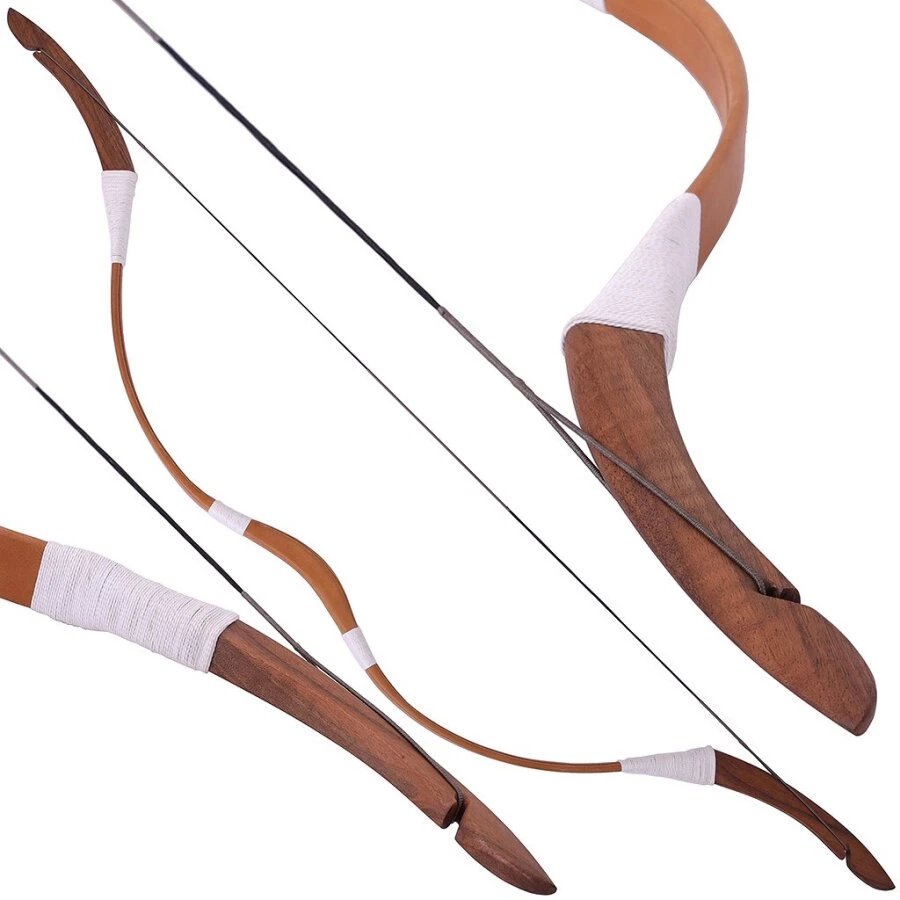
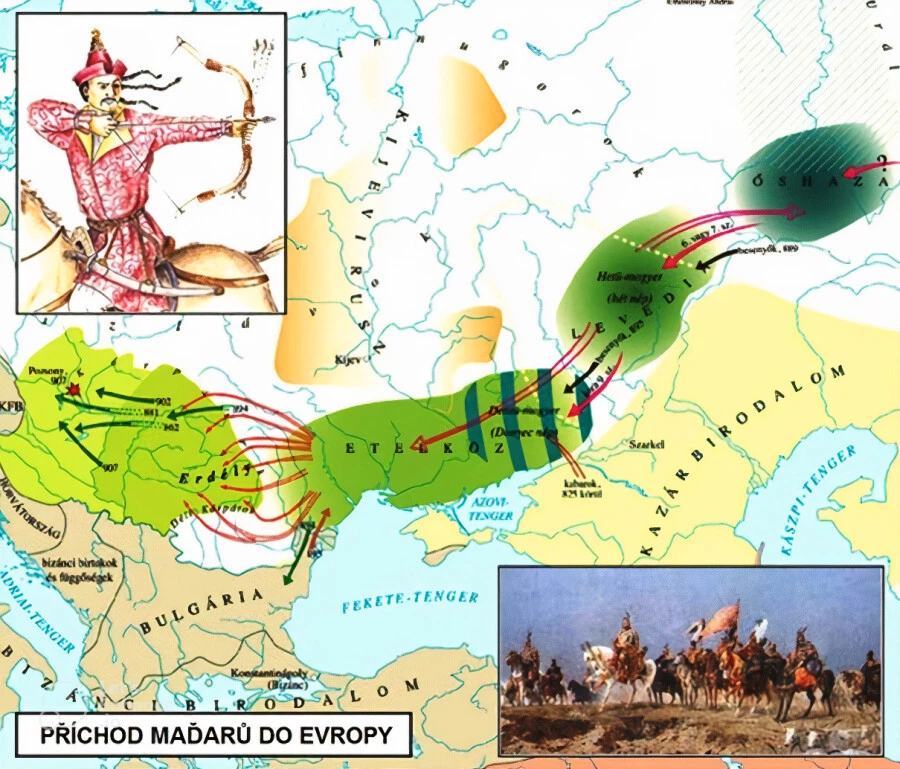
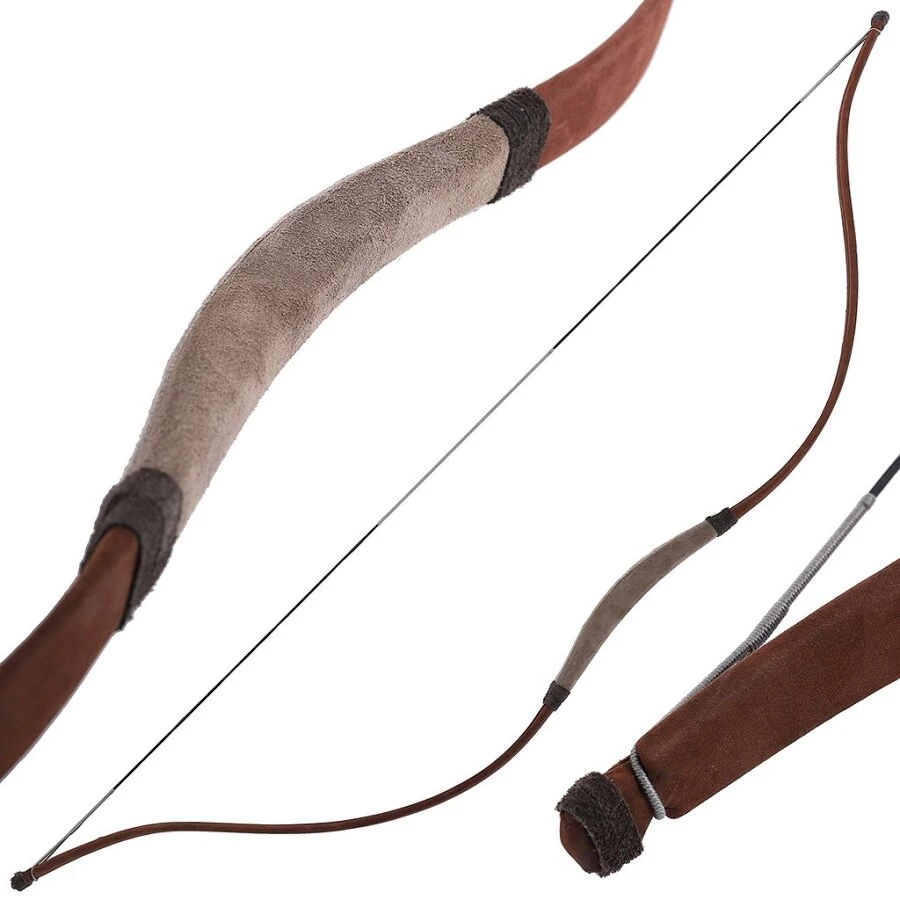
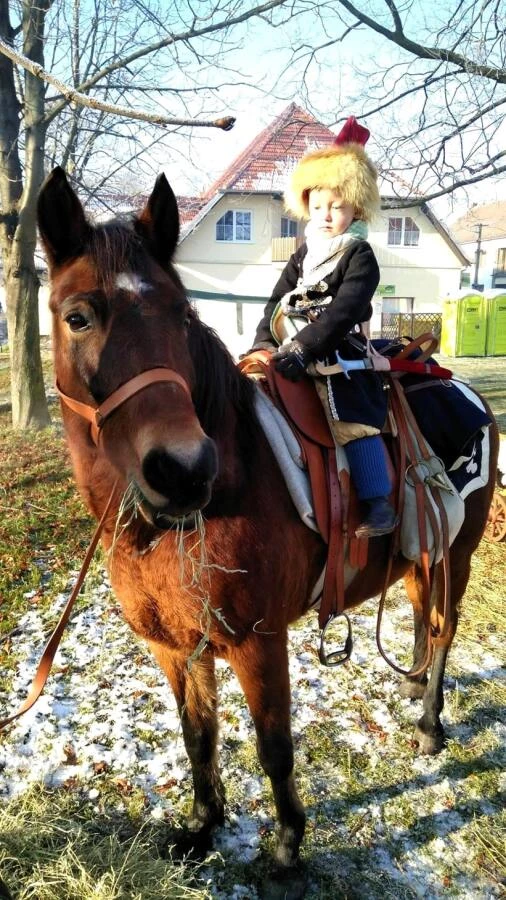
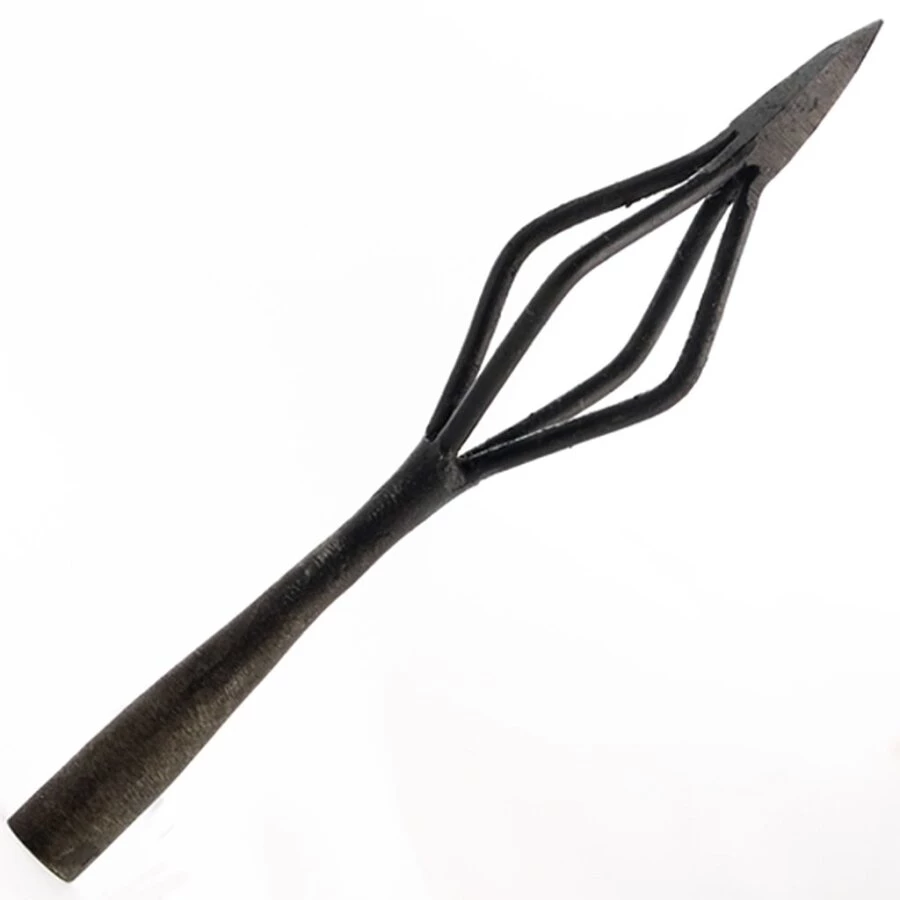
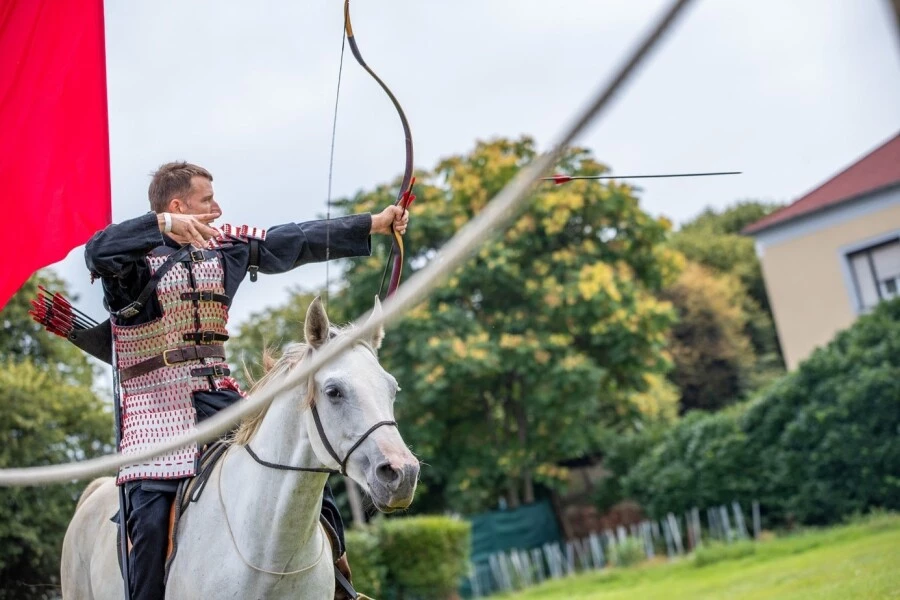
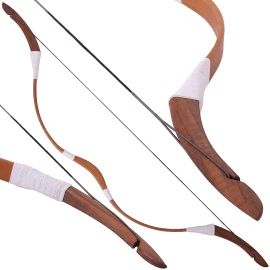
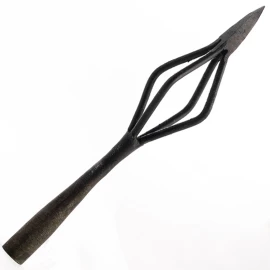

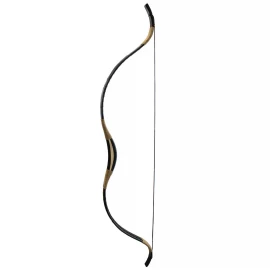
Comments